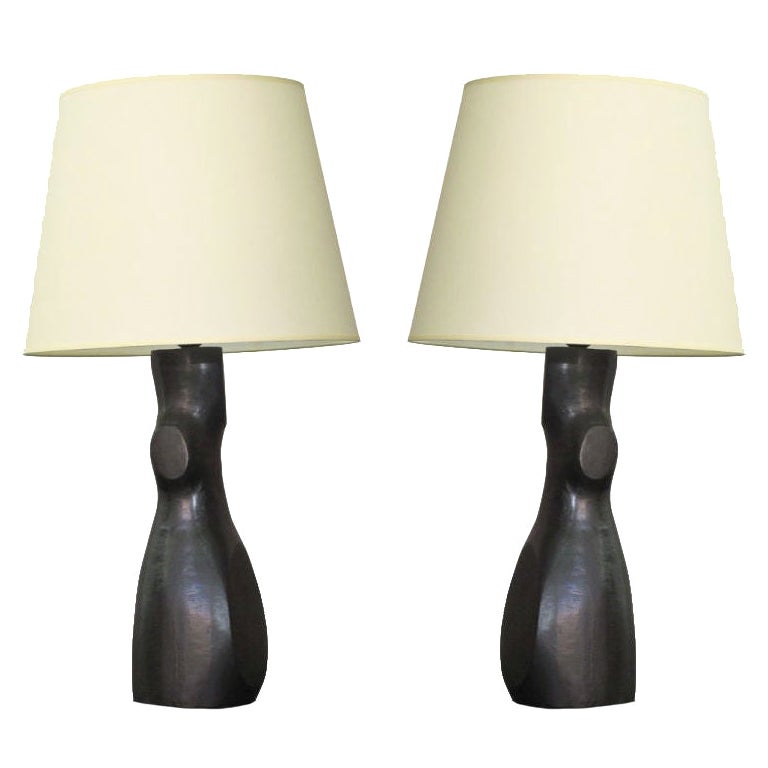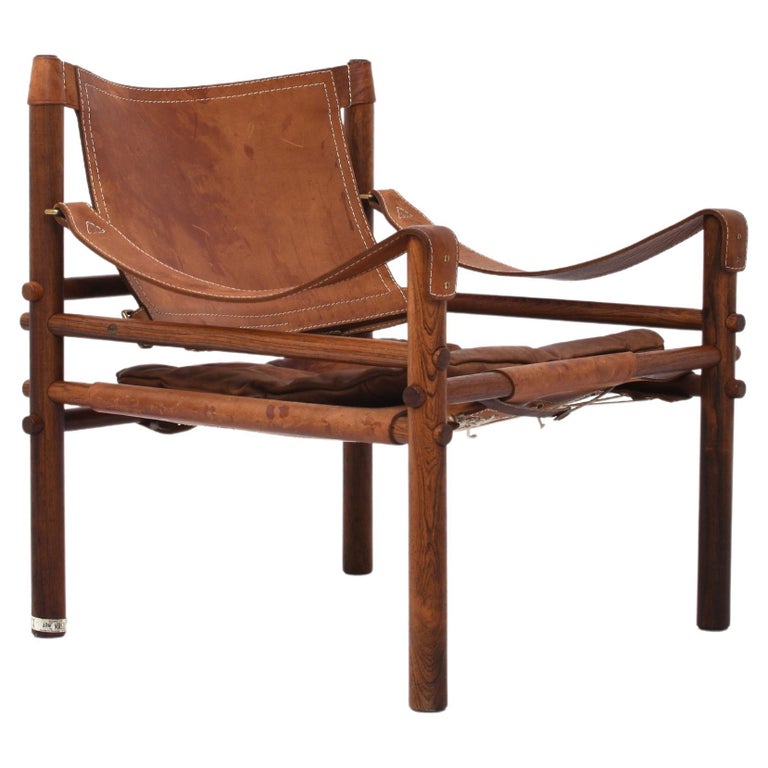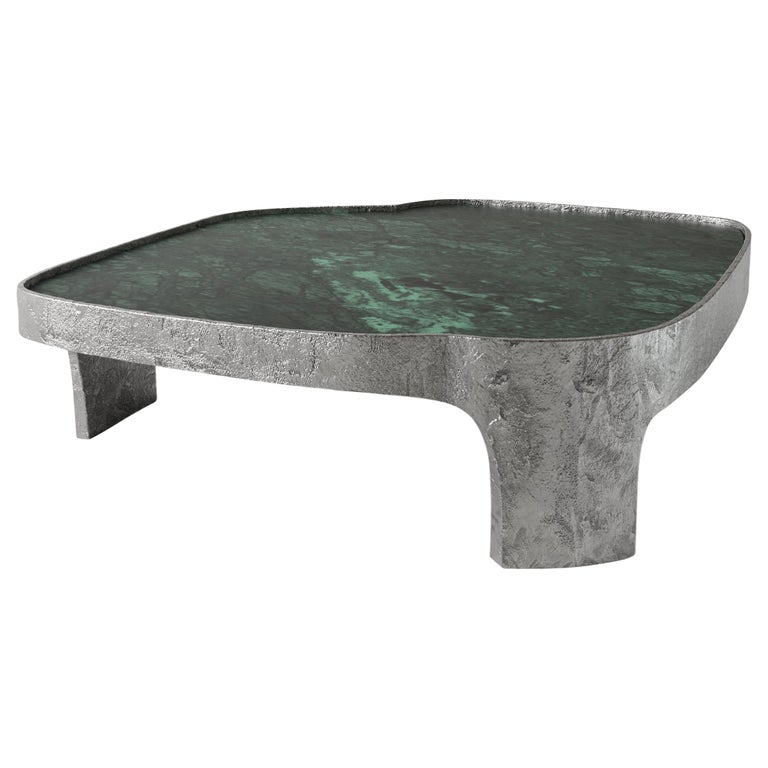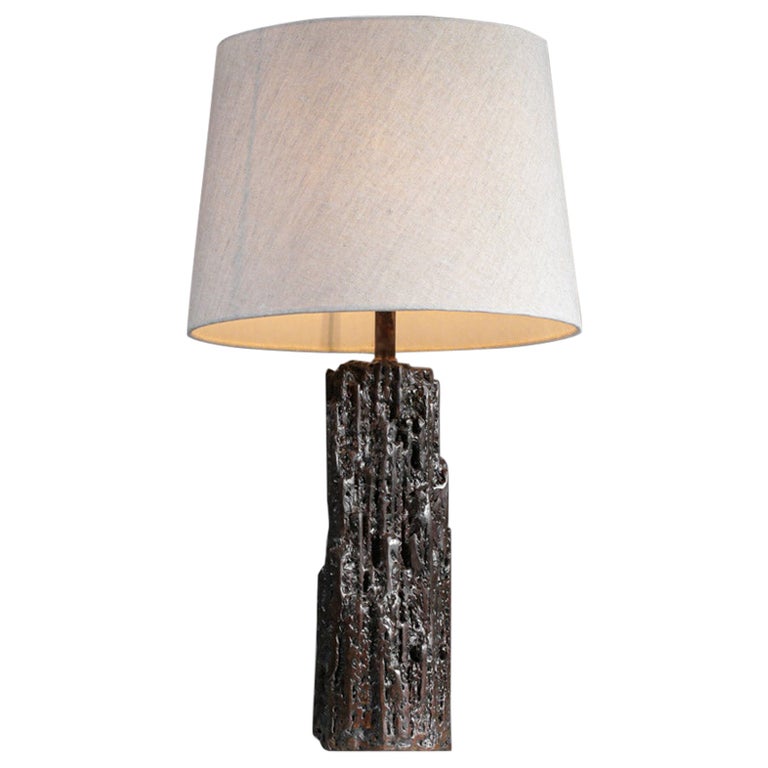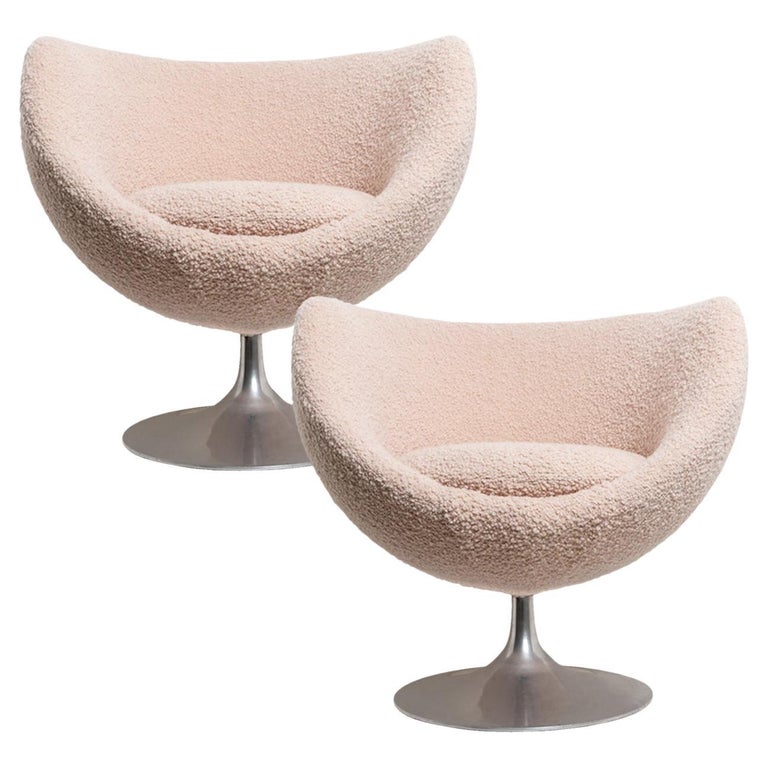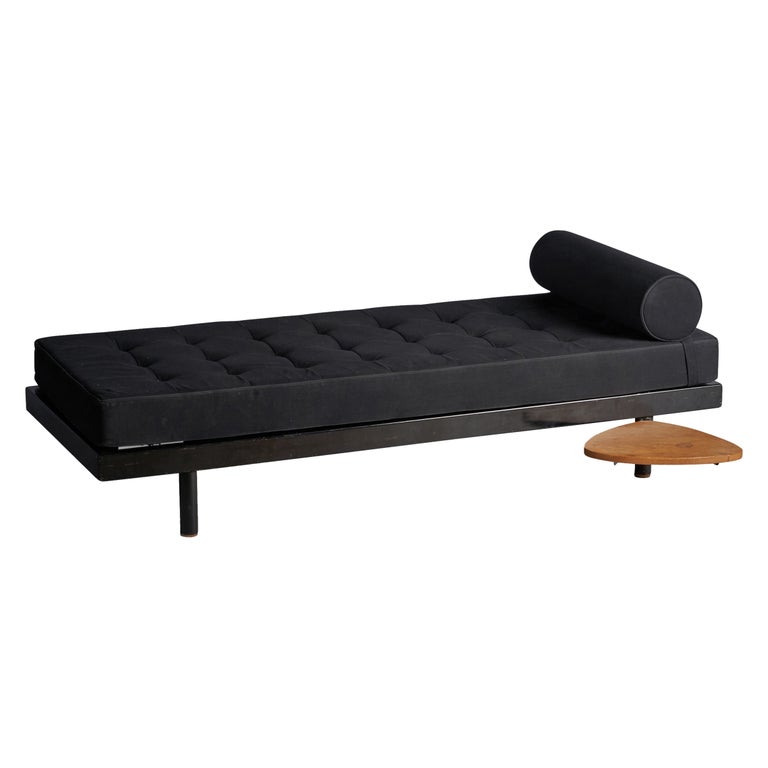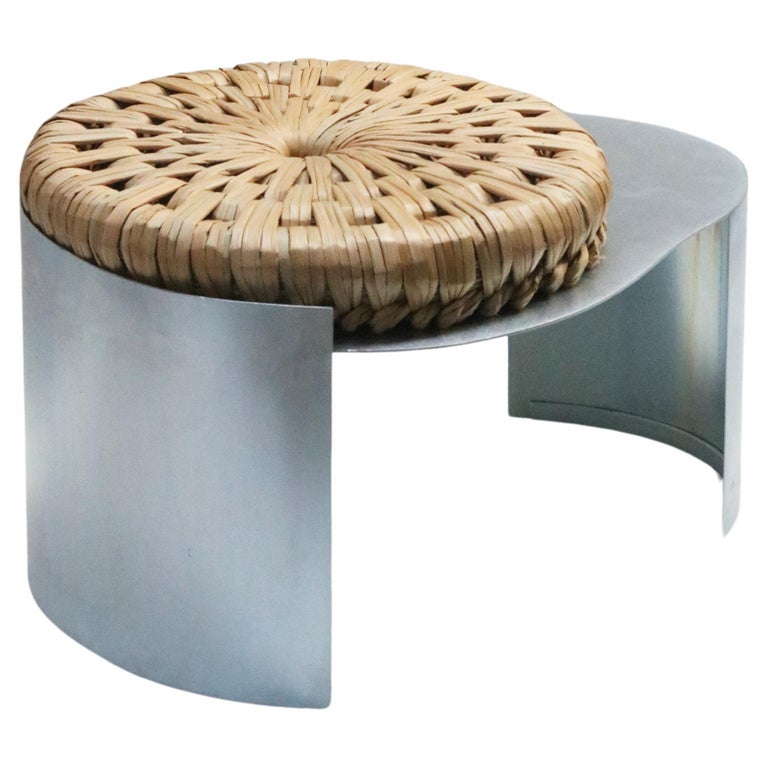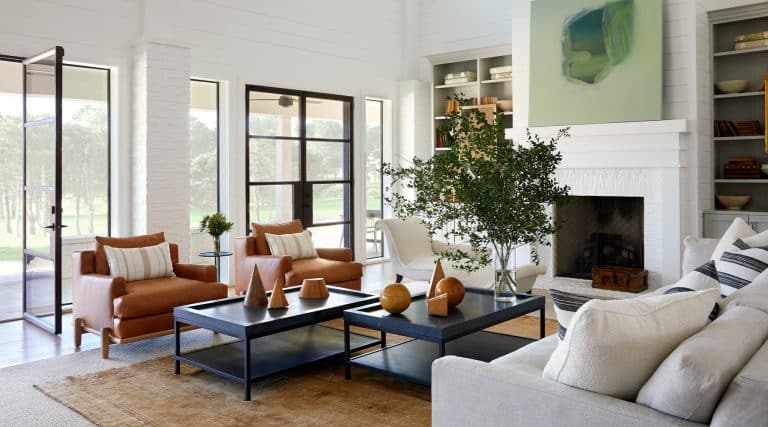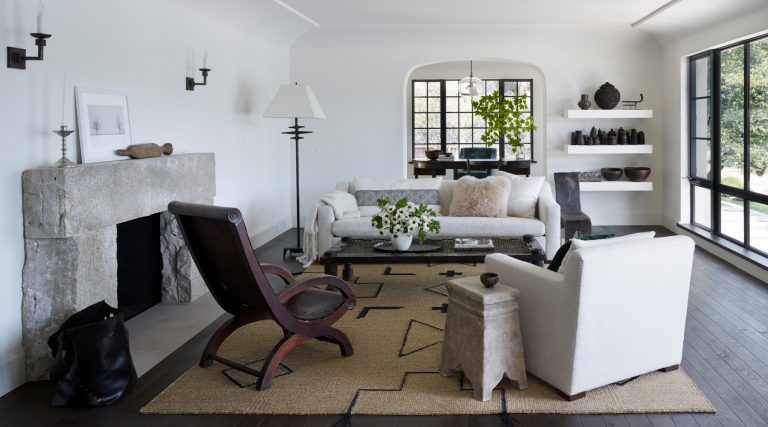
August 25, 2024The noted interior designer Lucien Rees Roberts is a firm believer that furniture should be conducive to conversation, especially in dining rooms. He goes to great lengths to determine the optimal width of tables and is adamant that chairs need to be extremely comfortable. “You should want to stay and chat,” he says. He is a particular fan of models on casters. “They allow you to turn toward people so easily.”
His recently published Rizzoli monograph, Timeless Modern Interiors, showcases 22 of his projects stretching back some 25 years, including several homes completed with his husband, architect Steven Harris. The commissions range in geographical location from an island off the coast of Croatia to Cape Town; Cabo San Lucas, Mexico; and San Francisco.
The British-born Rees Roberts has also worked within some significant structures closer to his New York City base, such as the A. Conger Goodyear House, on Long Island, designed by architect Edward Durell Stone for the first president of MoMA in the 1930s, and a residence in the International Style Rockefeller Apartments, in Midtown Manhattan.
One of Harris and Rees Roberts’s most striking collaborations in the book is the gut renovation of a 19th-century townhouse in New York’s Greenwich Village. There, the clients — an academic and his wife — had requested several areas where they could dine, as the wife is an excellent cook, and they wanted spaces in which they could share her creations together, as well as with guests.
To that end, in one part of the kitchen sit a bespoke table and set of reissued Jean Prouvé chairs. And in a corner of the living room, a couple of spindly modernist chairs — copies of an unsigned model Rees Roberts found in upstate New York — and a custom Jacaranda-wood and burnished-nickel table are used for intimate meals.

The basement, meanwhile, contains a striking double-height dining room with floor-to-ceiling, wall-to-wall backlit bookshelves. The space’s antique refectory table is narrow enough for those intimate conversations Rees Roberts cherishes, while a custom ribbon-like Ingo Maurer chandelier hangs above.
One entire wall here is covered by an etched impasto painting that the clients commissioned from Miami-based artist Philip Smith. Featuring Egyptian hieroglyphic–like elements, “it’s very soft, rich and also powerful,” notes Rees Roberts. “It makes the space feel bigger.”

Art is an essential component in each of Rees Roberts’ interiors and in his daily life as well. His childhood was steeped in it: His maternal grandfather ran a local art school, where one of his pupils was the sculptor Anthony Caro. And his parents were both painters. His mother, Ursula McCannell, was famously the youngest ever exhibitor at London’s Royal Academy of Arts, and Rees Roberts initially envisioned following a similar career path. Even today, he has art studios in several of his homes, where he spends many an hour working on portraits and landscapes.
So you might imagine he would be averse to another of his clients’ requests: They wanted to decorate the walls of their townhouse with copies of their favorite paintings by 19th- and 20th-century artists. In the first-floor music room, for instance, hang reproductions of Édouard Manet’s The Fifer and an Amedeo Modigliani portrait of Juan Gris. But in actual fact, he embraced the concept.

“Our clients loved this playful idea of having these works that otherwise would be in museums,” says Rees Roberts. “They’re beautiful copies, almost brushstroke by brushstroke.” (Created by Cooper Hewitt–trained fine artist Rupert Nesbitt, many with the assistance of fellow artist Andre Pretorius, the works are clearly labeled as copies on their reverse.) To give the paintings additional impact, many were placed in antique frames.
In her introduction to the new book, Pilar Viladas writes that Rees Roberts “does not have a signature style.” Yet the interiors he creates, including those of the Greenwich Village townhouse, do share a number of qualities.


They exude a sense of order and calm and manage to be minimalistic and inviting at the same time. He gives furniture space to breathe and repeatedly weaves in classics of 20th-century design, like the 1950s Italian lounge chairs in the townhouse’s primary bedroom and its living room.
And when he likes something, Rees Roberts doesn’t hesitate to use it in numerous settings. A perfect example is the serpentine Lucite candleholders, created by American modernist Dorothy Thorpe, that make an appearance in the Greenwich Village kitchen and in eight other projects in Timeless Modern Interiors.
Rees Roberts himself writes, in his preface to the book, that he does not set out to impress guests or wow audiences: “What really drives us is creating comfortable and functional places to live.” He also claims to seek “a balance of serenity and drama,” which he achieves with deft combinations of furniture.

“Not everything has to be important,” he tells Introspective. “More-neutral pieces need to be intermingled with those that are more figurative and sculptural.”
He realizes that idea beautifully in the parlor-level living room. There, the reproduction Rothko above the fireplace and the bright Le Corbusier tapestry, Bonjour Calder from 1958, strike a theatrical note, as do the custom blue-resin coffee table and tentacular Achille Salvagni contemporary chandelier. Rees Roberts offset these attention-grabbing elements with subtly elegant oak paneling, spare low-backed bespoke sofas and a custom wool rug in cream tones.

One of the areas where Rees Roberts particularly excels is in his use of color, no doubt in large part because of his artistic upbringing. “He can look at any hue and tell you how to make it,” says Harris. As is the case in the townhouse’s primary bedroom, most of his spaces feature neutral palettes. They allow people to focus and de-stress, he says.
They also endow his interiors with a timeless restraint that perfectly illustrates a phrase from his preface for the book. “Trends come and go,” he writes, “but thoughtful design lasts.”


